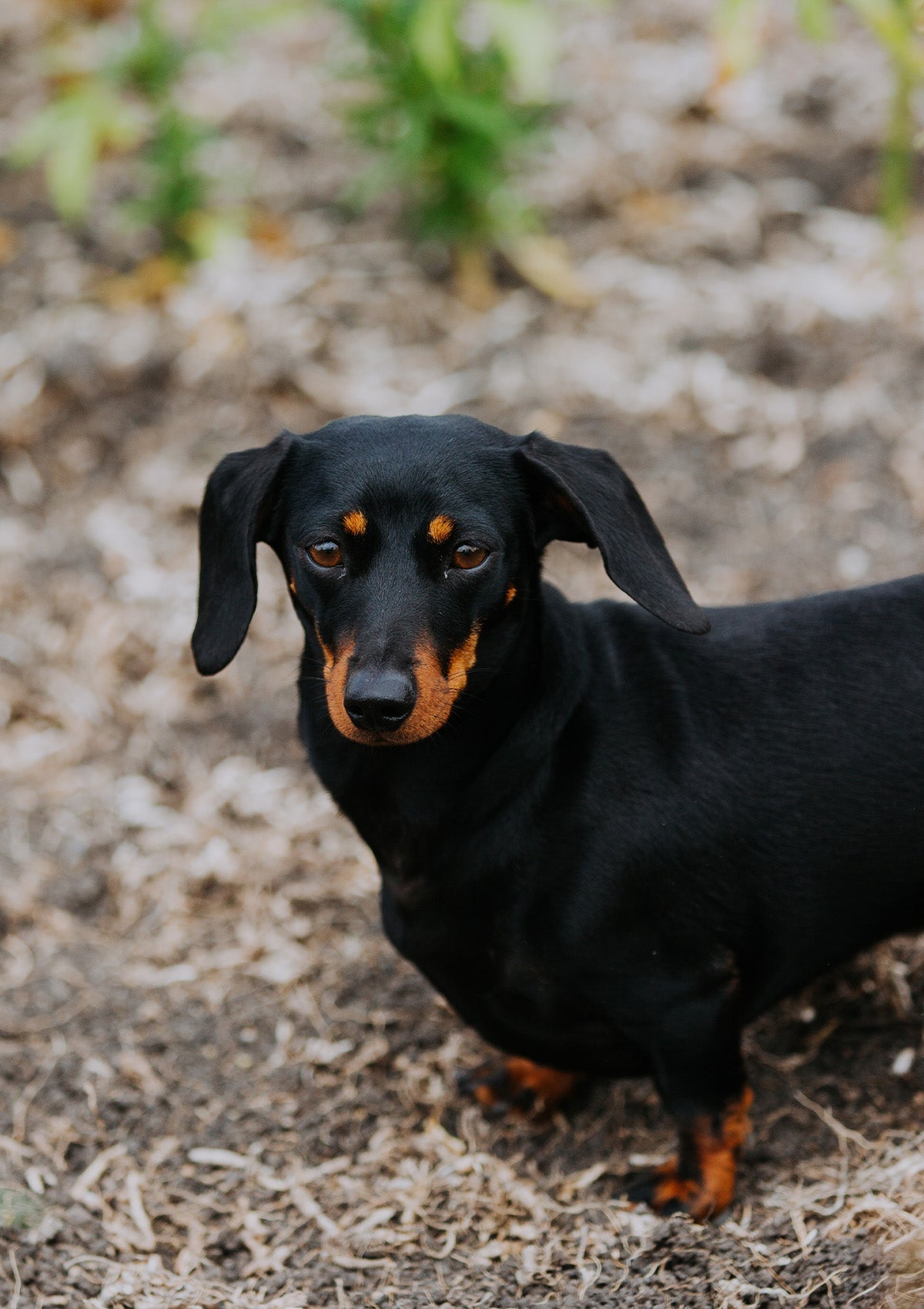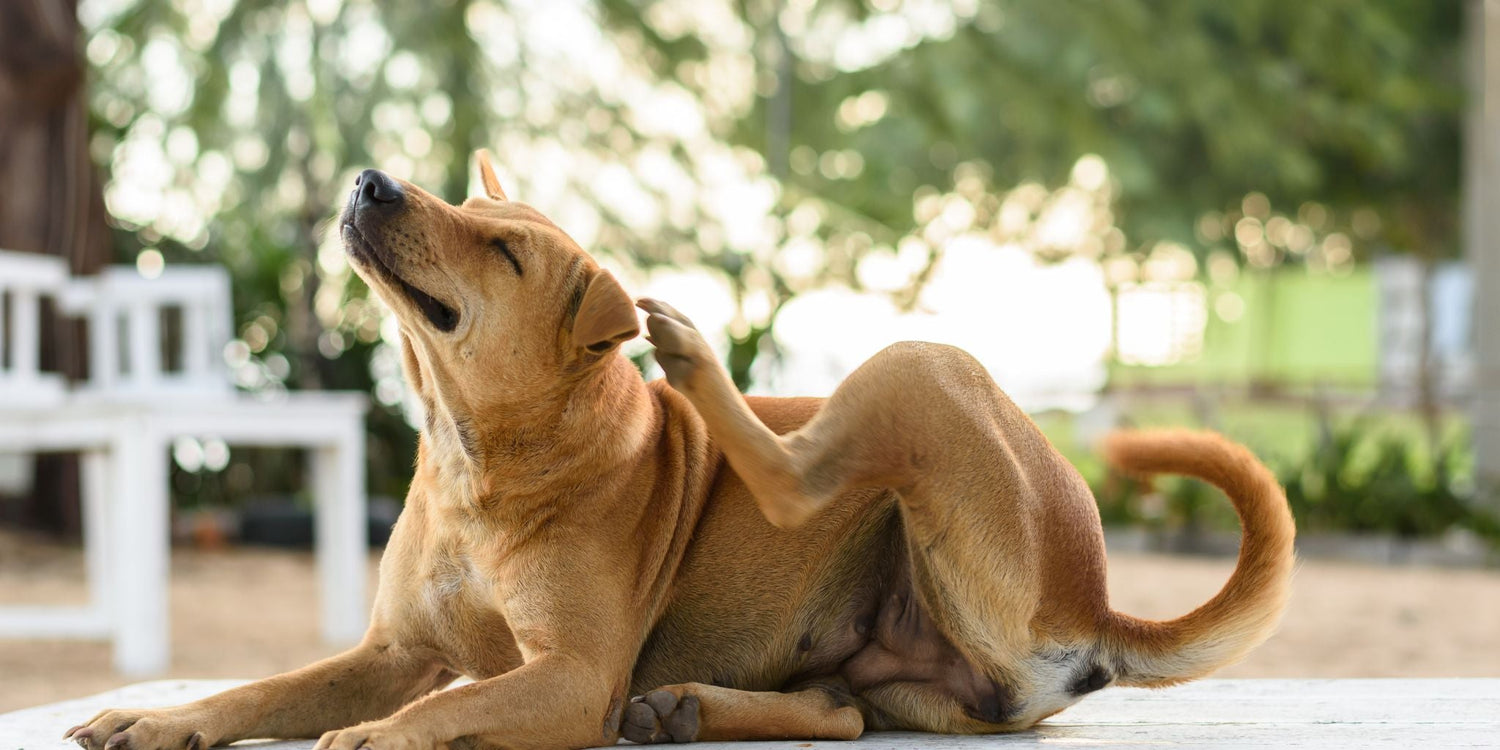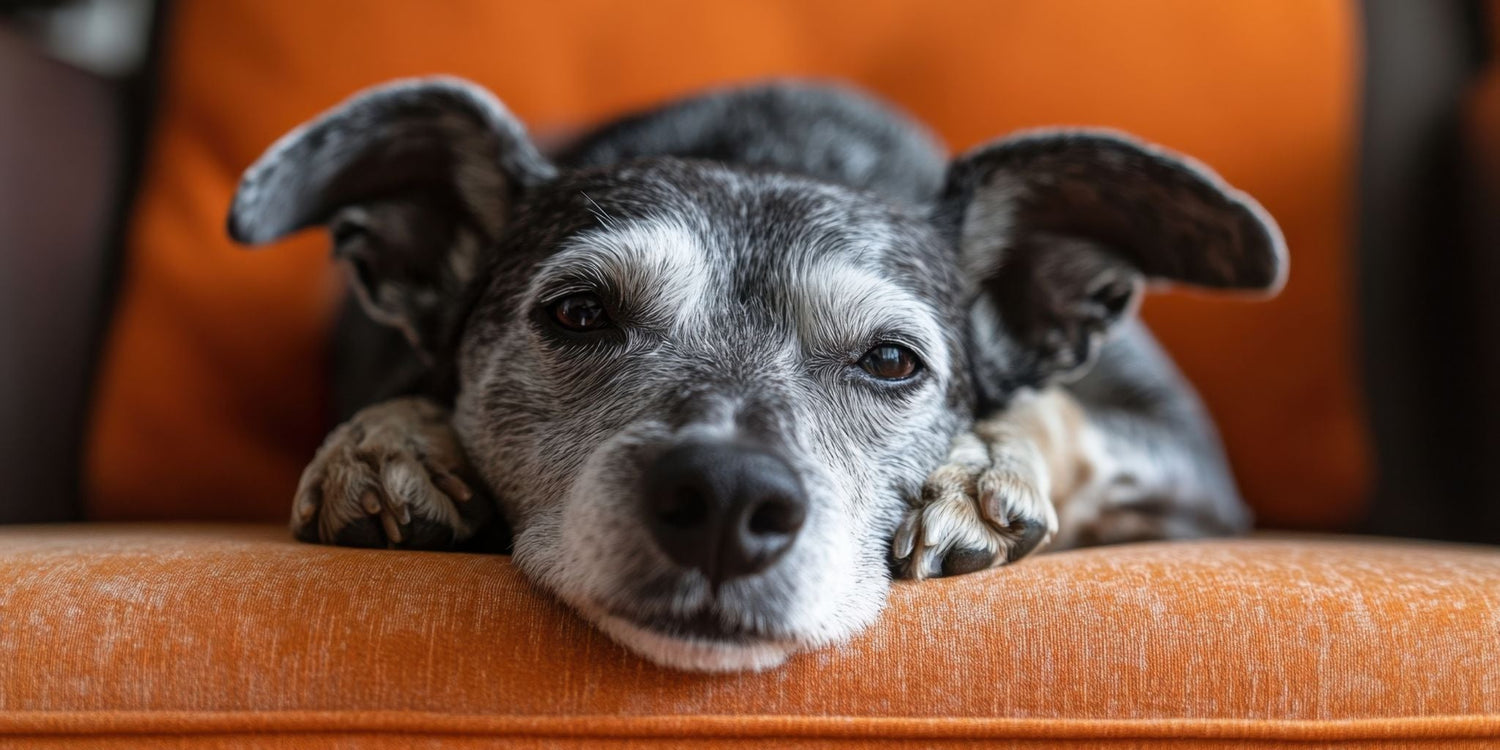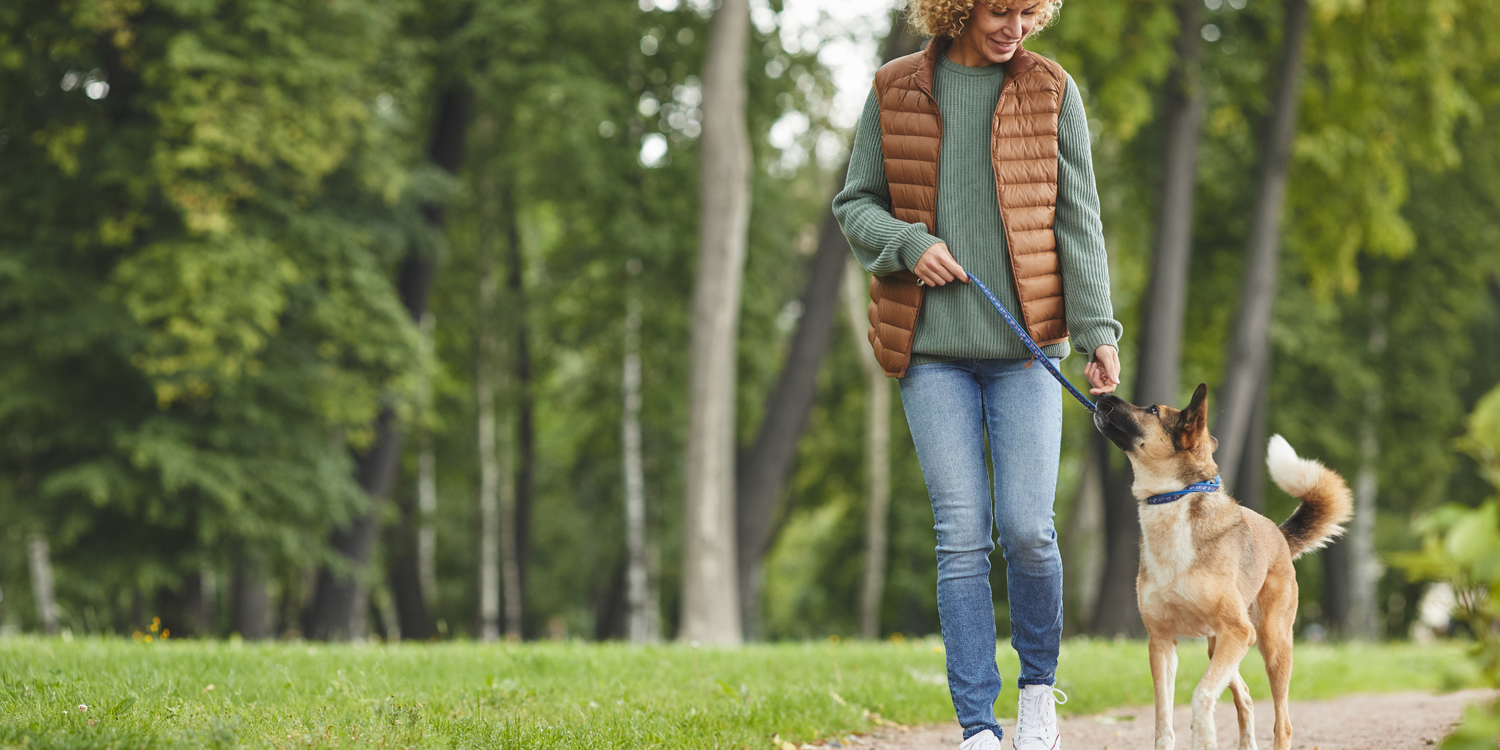
Is your pup zooming with a little less zest? Are they scratching and nibbling themselves relentlessly? Or is their nose and eyes running faster than a greyhound at full speed?
Turns out, our dogs can get hayfever too (as well as other seasonal allergies). But with the right care, you can make sure your pup’s tail keeps wagging. So, let’s run through the signs and symptoms, plus some tips to care for your sniffle monster.
But first, what is dog hayfever?
If you’re prone to hayfever (the human kind), you’ll know that the symptoms commonly occur in spring and summer as an allergic reaction to grass, tree or plant pollen in the air. And it’s the same situation for our dogs. When these environmental allergens penetrate their skin, they too can have a reaction. But hayfever can present differently on four legs than it does on two…
Signs your dog has hayfever
Whether you’ve got a scratchy Shih Tzu, a red-eyed Rottweiler or a congested Cavalier, hayfever can be unsettling for both dogs and their owners. But the sooner you know the signs, the sooner you can help to relieve their symptoms.
Here’s what to look for:
- Irritated or watery eyes
- Running nose and repeated sneezing
- Itching, chewing or biting at the skin
- Skin irritation or bald patches
- Rash on their face, paws or body
And as with human conditions, your pup may present one or all of these symptoms.
Other dog allergies to watch out for
Unfortunately, dog hayfever isn’t the only allergy that can run riot. There are other dog allergies that can appear like hayfever when they’re actually not. So, it’s important to get to the bottom of what’s causing your dog’s scratch-party (and see your vet if you have any doubts).
Here are some other common allergies:
Hayfever is a type of environmental allergy, but the list of environmental and seasonal allergies goes on. Your pup could also be allergic to dust, dust mites or even you (more specifically, your dead skin cells). I know, we couldn’t think of anything worse, either.
One of the most common allergies to affect our dogs, food allergies can cause itchy skin, vomiting and diarrhoea. The most common allergens are proteins like beef, lamb, chicken and soy. Poor quality dog food and lack of nutrients can also lead to dry, itchy skin. Thankfully, a wholefood diet – with the right balance of proteins, healthy fats, vitamins and minerals - can minimise or eliminate food allergies.
Just like mosquitos and humans, some dogs are more susceptible (and reactive) to fleas. The reaction comes from the flea’s saliva and can cause restlessness, discomfort, scratching, licking and chewing.
While food, environmental and flea allergies are the most common - other allergies can result from insects, perfumes, smoke, dog wash and laundry detergent. So when looking for a diagnosis, make sure you walk your vet through everything your dog’s day entails.
Natural remedies for dog hayfever and allergies
Hayfever and other dog allergies don’t always have a cure, but there are some natural remedies to help your pup stay as cool as a cucumber.
Stop (drop and roll)
If you know what’s causing their irritation, stop or limit their exposure to it. If it’s hayfever, observe their behaviour and take note of the plants they’re around when their symptoms flare up (the drop and roll part is just to show off their skills).
Pamper your pooch
Try regular washing and grooming to wash off allergens (especially during high-pollen periods). If unsure, try a shampoo that’s recommended by your vet.
Work on their diet
Irritated and itchy skin can often be relieved through a nutritious, balanced diet with plenty of Omega-3 fatty acids. Just like humans, our dog’s outsides can be a reflection of their insides.





